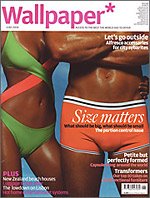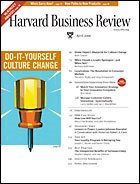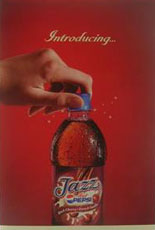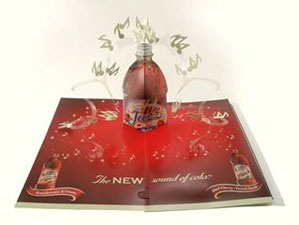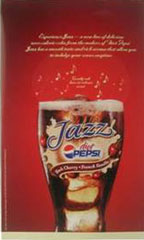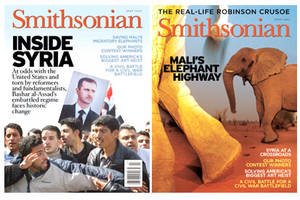B2B: Addressing the New Expectations of Advertisers
Some time ago, I had highlighted an ad campaign (Advertising: Pepsi Brings Smell, Sound To Print) that was made memorable due to the combined efforts of the agency, magazine publishers and media buying agency.
Based on a talk by Hans-Peter Eisinger, global media director for Siemens AG, at the Federation of International Periodical Publishers (FIPP) 2006 Business Magazine and Professional Media Conference, held in London, the excerpts featured today show that the same applies to B2B media--B2B media owners, media buyers and marketers need to work together to build memorable brands.
Excerpts:
1) B-to-B audiences are more active than ever in controlling their own communications. To avoid media overload, they must engage in goal-oriented channel and content selection. Professional decision-makers communicate faster themselves, and expect faster communication from their media channels. And they expect communications mobility, as well as immediacy.
2) They have access to more media channels, and therefore greater choice.
3) They use the new digital devices/formats available, including topic-specific, subscription-based podcasts in MP3 portable format that are offered by Web site and Weblog owners.
4) They communicate in networks—reaching more people or contact points, with more response opportunities—and they do this on a global basis.
5) They have become accustomed to having an element of entertainment in their business communications, as job and leisure time increasingly blur.
6) Online is the perfect medium to reach these decision-makers. The diversity of online platforms means more content for a heterogeneous readership, but at the same time more opportunities for more targeted content.
In context of the changing needs and expectations of both their audiences and advertisers the “ideal” B-to-B media owner must evolve in the following ways:
a) Become proactive in response to the changing communications dynamics. Explore and develop new channels and advertising opportunities that focus on their target audiences.
b) Be the definite “content champion” in a number of attractive business areas.
c) Deliver a number of key media channels, content solutions and services.
d) Publish and distribute #1 trade magazines, newsletters, directories, etc., as well as tailor-made publications for its customers, such as white papers and surveys.
e) Operate premium Internet platforms that provide advertising, sponsorships, showrooms, enewsletters, directories, Weblogs, etc.
f) Manage leading trade shows, exhibitions and conferences, including on-site advertising and sponsorships.
g) Provide marketing services such as direct mail, database marketing and database research.
You can read the unedited summary of the talk here.
Labels: B2B



